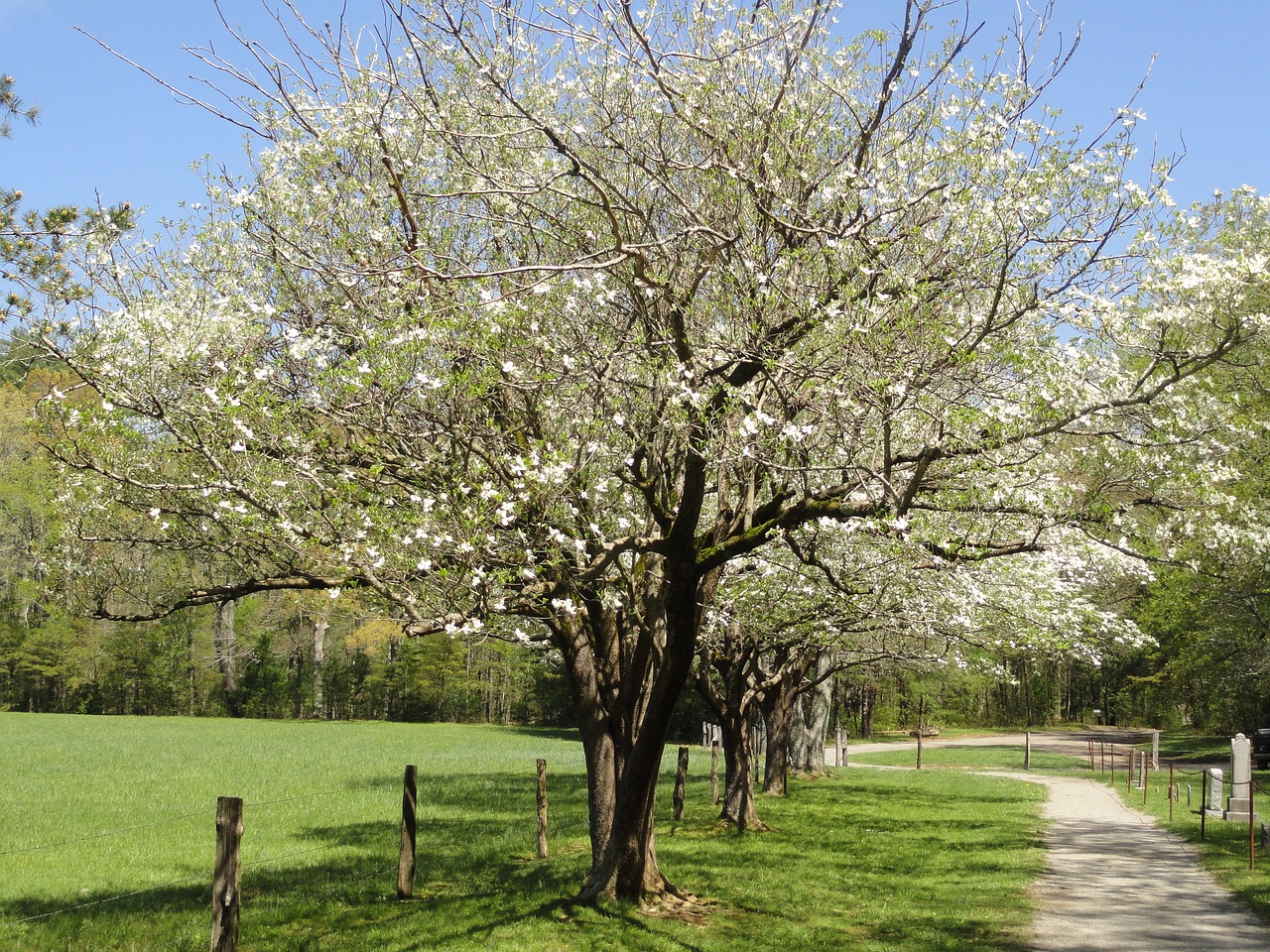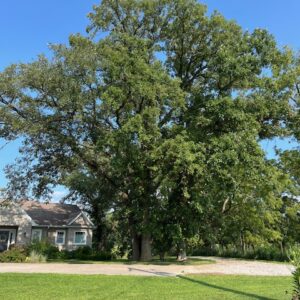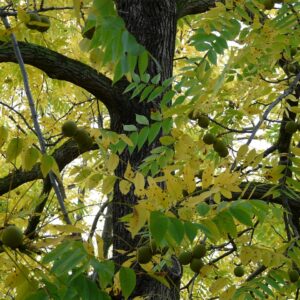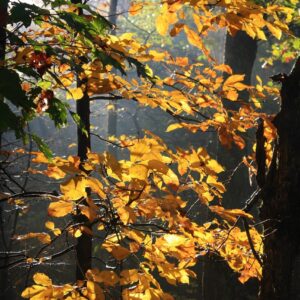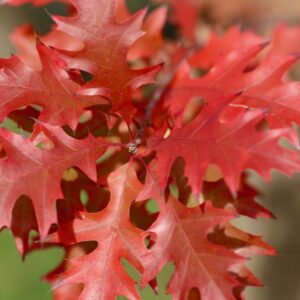White Flowering Dogwood (Cornus florida), also known simply as Flowering Dogwood, is a small to medium-sized deciduous tree native to eastern North America. It is widely admired for its stunning spring flowers, distinctive bark, and vibrant fall foliage. White Flowering Dogwood (Cornus florida) is a beautiful and versatile tree known for its stunning spring flowers, vibrant fall color, and distinctive bark. Its adaptability to various soil types and its role as a classic ornamental tree make it a valuable addition to gardens and landscapes.
Appearance:
Size: White Flowering Dogwood typically grows 15-30 feet (4.5-9 meters) tall with a spread of 15-30 feet (4.5-9 meters). In optimal conditions, it can reach up to 40 feet (12 meters) in height. It has a rounded, spreading canopy with a moderate to dense growth habit.
Leaves: The leaves are simple, opposite, and ovate to elliptical, measuring about 3-6 inches (7.5-15 cm) long and 2-4 inches (5-10 cm) wide. They have a smooth margin and are dark green on the upper surface with a paler, slightly hairy underside. In the fall, the foliage turns vibrant shades of red, purple, or orange, adding seasonal interest.
Flowers: The White Flowering Dogwood is famous for its showy spring flowers, which bloom from April to May. The flowers are actually clusters of small, inconspicuous greenish-yellow flowers surrounded by four large, white (or sometimes pink) bracts that resemble petals. The bracts can be up to 4 inches (10 cm) long and are often mistaken for actual flowers.
Fruit: The fruit is a small, red drupe about 1/2 inch (1.3 cm) in diameter. It ripens in late summer to early fall and is eaten by birds and other wildlife. The fruit is less ornamental compared to the flowers but contributes to the tree’s ecological value.
Bark: The bark is grayish-brown and develops a distinctive, rough, blocky texture with age. The bark’s appearance is particularly notable in winter when the tree is leafless.
Habitat: White Flowering Dogwood prefers well-drained soils and is commonly found in hardwood forests, woodland edges, and understory areas. It thrives in slightly acidic to neutral soils and can tolerate partial shade to full sun. It is hardy in USDA Hardiness Zones 5 to 9.
Uses:
Ornamental: The White Flowering Dogwood is highly valued for its showy spring flowers, attractive fall foliage, and distinctive bark. It is commonly used as a specimen tree or in garden beds, parks, and landscapes. Its compact size makes it suitable for smaller gardens and urban settings.
Ecological: The tree provides habitat and food for wildlife. The fruits are eaten by birds, and the tree’s dense foliage offers shelter and nesting sites. Its flowers attract pollinators such as bees and butterflies.
Woodworking: The wood of the White Flowering Dogwood is dense and hard, making it suitable for small crafts and turning projects. It is less commonly used compared to other hardwoods but is valued for its fine grain and durability.
Care:
Pruning: Prune White Flowering Dogwood in late winter or early spring before new growth begins. Pruning helps maintain the tree’s shape, remove any dead or damaged branches, and improve air circulation within the canopy. Avoid heavy pruning during the growing season to minimize stress on the tree.
Watering: The tree prefers regular watering, especially during dry periods. It is tolerant of brief droughts once established but thrives in consistently moist soil.
Fertilizing: A balanced, slow-release fertilizer applied in early spring can support healthy growth. White Flowering Dogwood is not overly demanding in terms of fertilization but may benefit from additional nutrients in poor soils.
Pests and Diseases: White Flowering Dogwood is susceptible to various pests and diseases, including anthracnose, powdery mildew, and dogwood borer. Regular monitoring and proper care are essential for managing these issues. Disease-resistant cultivars and treatments are available to help address some of these concerns.

